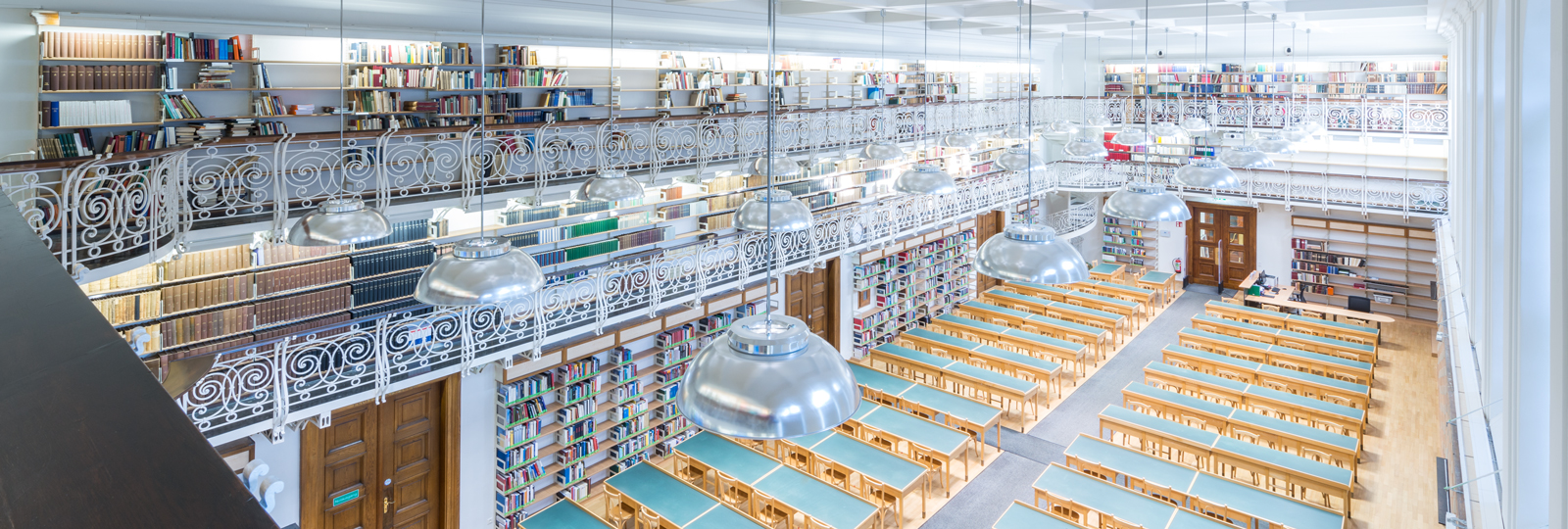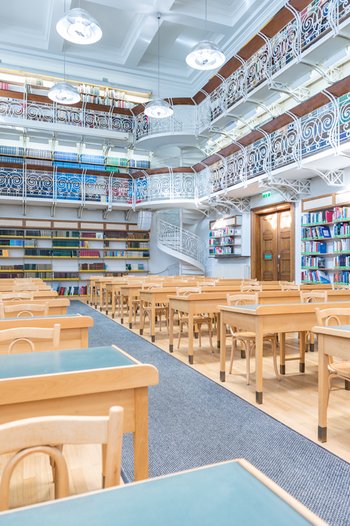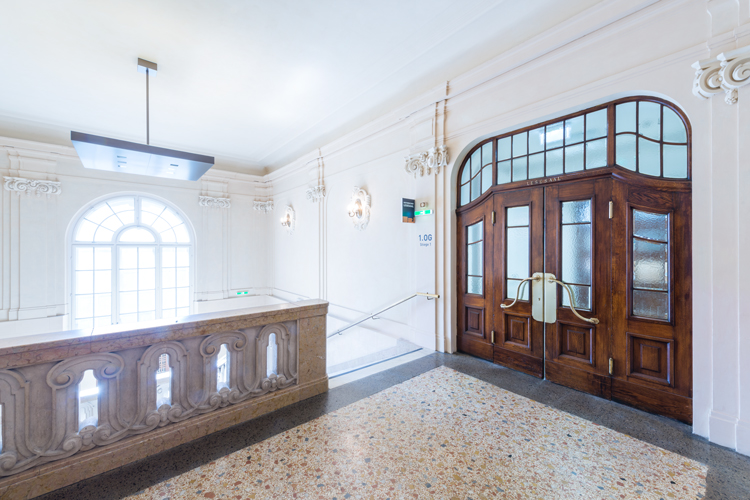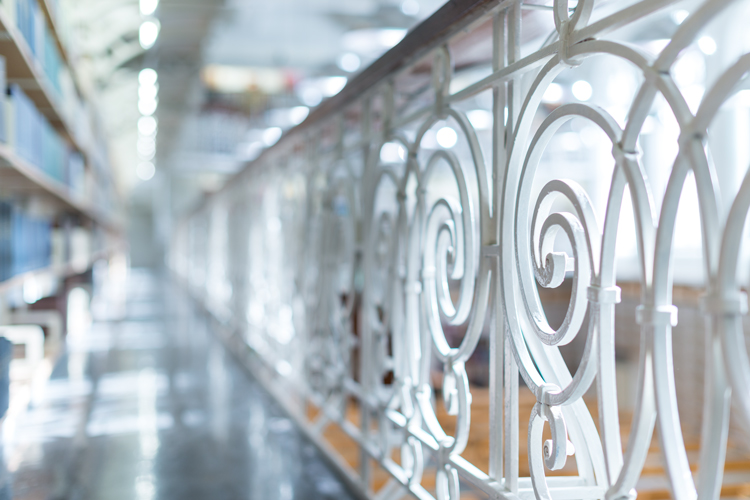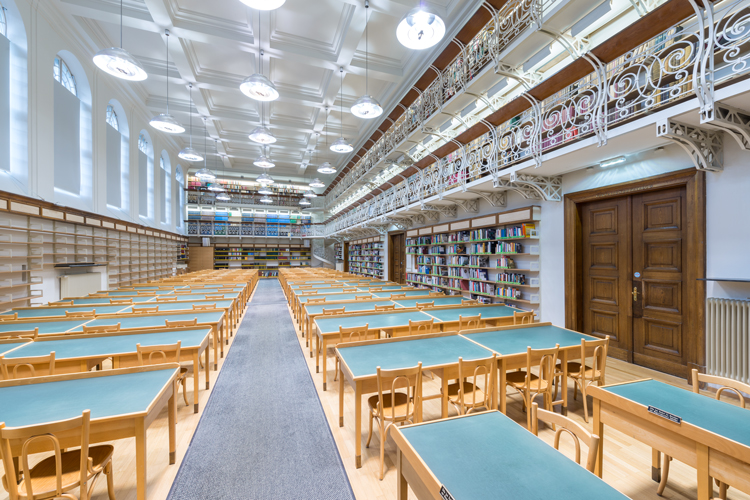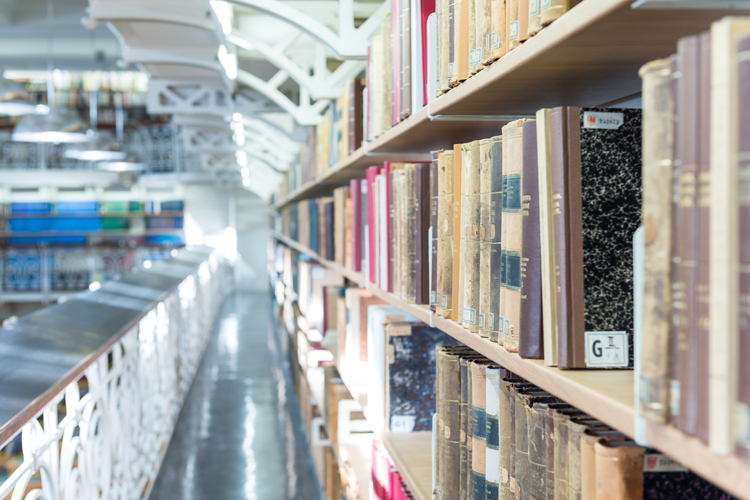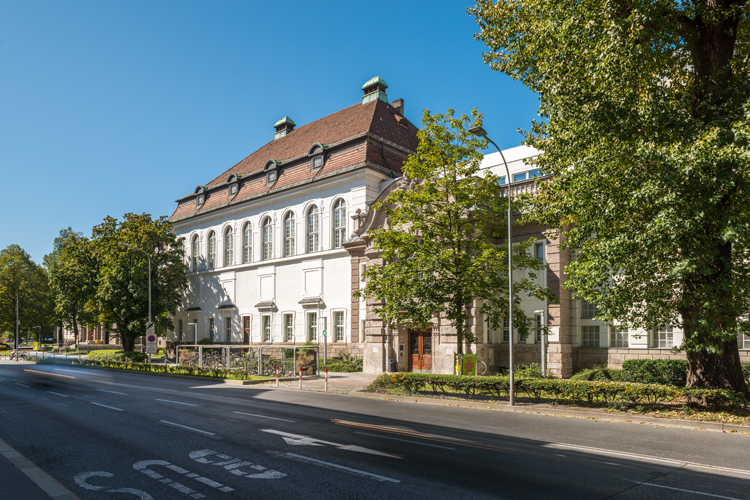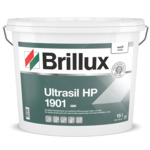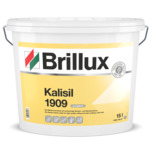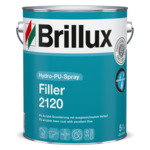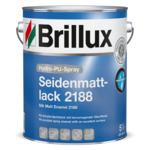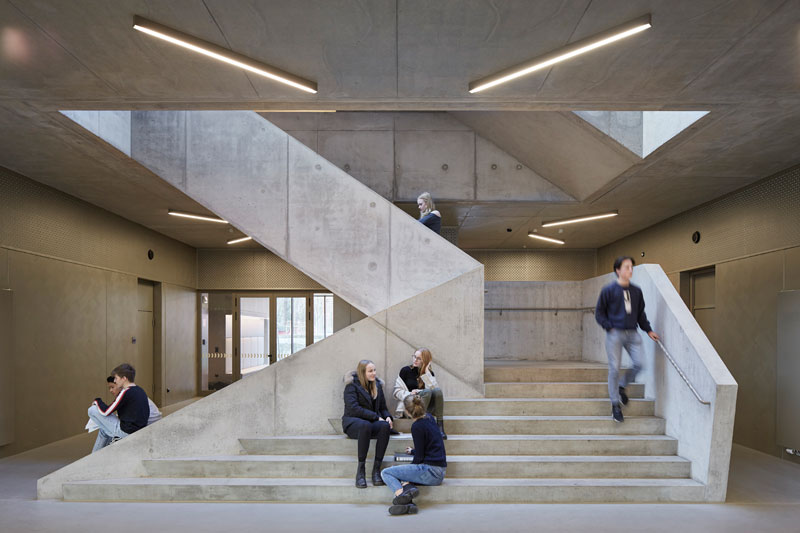Lust for literature: The University Library, Innsbruck
This article appeared in colore #bonbonrosa
Photos: Sven Rahm, Königsbrunn
Order the print version at: kontakt@brillux.de
Reading rooms generally have a certain, very peaceful atmosphere – sometimes it's even magical. Concentrating people surround you – there are whispers, and every now and then, the rustling pages of a book. Listen to the gasps and quiet sighs of those who have just read exciting, touching or outrageous sentences.
It's not for nothing that libraries feature prominently in literature and film – Harry Potter and his friends spend a great deal of time in the magical library of Hogwarts; in "The Name of the Rose", the library becomes the scene of a dramatic finale. The atmosphere of a library allows space for both uninterrupted browsing and overflowing imagination. As Elisabeth Niggemann said, Head of the German National Library, in an interview with the Frankfurter Rundschau: "We have (…) many readers who come with their own books and don't actually borrow anything; they come just for the atmosphere."
University libraries (which mostly serve students for the purposes of research and work) are places where many settle down to do what they need to do, and follow their thoughts, undisturbed. This is all the more successful if the surroundings are right, and the walls (if visible, allowing for all the books) are well maintained and just the right color. As in the Innsbruck University Library, housed in a historic building constructed between 1912 and 1914. The listed building recently underwent renovation.
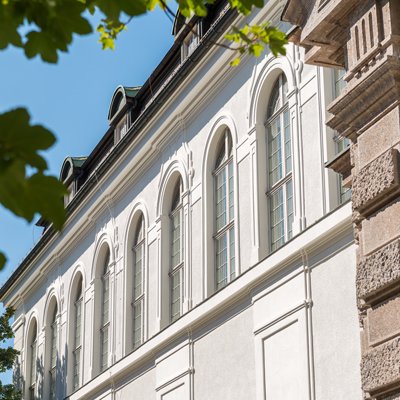
Colors make it possible to bring a texture or pattern into the design.
Karin Kopecky, Architect
Strict monument protection regulations
Leading architect Karin Kopecky explains: "How to deal with a historic building in the context of the here and now also has to be considered as part of the renovation. All the work required had to be carried out in very close cooperation with the Federal Monuments Office. Each work step and all the materials used had to be approved. This means that the challenges were clearly defined by the authorities' tight specifications, including the municipal building department and fire authority. Architectural margins were kept to an absolute minimum. Certain freedoms were only possible when it came to reversible and temporary measures." However, the biggest challenge was that the entire process had to be undertaken while the university was still working. A difficult task, since the library is one of the most visited and used buildings. Alexander Kraler, from the Mitterberger painting contractor: "Ancient books are stored in the vault, some of them from the 4th to 5th century, so special care and caution is of course essential."
Renovation while remaining open
During the semester there are hard ever any free spots in the library, and of course you're supposed to work as "quietly" as possible. "Here, a strong, close collaboration with the university library was a huge help when it came to implementing the measures," emphasizes Karin Kopecky. In addition to renovating the facade and the historic roof truss, repairs had to be carried out on the roof – and then there were some user requests... Bookshelf renovation and new ventilation systems in the historical book vault, acoustic measures, taking the multiple use of the historical reading room for lectures and much more into account.
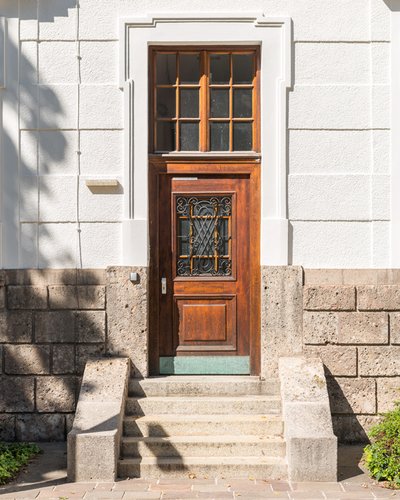
Brief historical summary
- 1911, construction of the university and library building started, according to plans from Vienna Ministerial Councilor Eduard Zotter and the local construction management of the Stadthalterei (Senior Building Councilor Franz Mayr and Building Councilor Philipp Mitzka); completion was delayed due to the First World War, temporary use as a military hospital
- 1912–1914 Construction of the library
- 1915 Josef Retter commissioned for the golden eagle on the library building gable and installation as reserve hospital
- 1918 Barracks of the Italian occupying forces
- 1921 Ongoing construction and repair of the war damage
- 1924 Completion of the building
- 1965–1967 Building of the extension
- 2010 Most recent restoration
Start of concrete constructions
Initial discussions relating to adaptation and renovation of the university library were held back in 2017, and a specific list of the desired and necessary measures was drafted in 2018. Preparatory work then began in November 2018. Among other things, the facade of the "new book vault" was painted. This is an extension from the 1970s, a monolithic concrete block that is not a listed building. At the same time as renovation work on the historic roof truss began, a steel construction was sandblasted, de-rusted and then painted in coordination with the Federal Monuments Office and the responsible structural engineer.
Respectful approach
The simple fact that the building is used for educational purposes presented certain challenges while the work was being undertaken. "We approach our work with respect and thought a lot about the practical use of the library, so as to create the necessary ambiance for students and library visitors alike, without forgetting the historical substance – although the user requests weren't always possible due to the requirements of the authorities and a great many compromises had to be made here," explains Karin Kopecky.
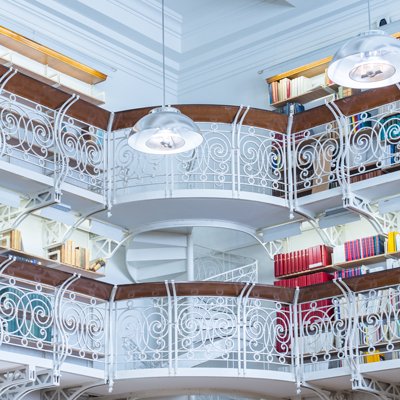
You can achieve more effect with a colored accent than with a large area of color.
Karin Kopecky, Architect
Seamless interaction
The architect, as well as Alexander Kraler, who was in charge of doing the work, praised the positive collaboration with the Brillux Technical Consulting Service, which was always on hand when there were challenges, questions or discussions with the Federal Monuments Office. Color analyses and samples were promptly prepared and help was provided with the choice of color and product. Brillux was selected partly due to this very good cooperation and the wide range of products, which are also accepted by the Monuments Office.
Creating accents with color
When asked what role colors generally play in her everyday professional life, architect Kopecky explains, "In my everyday professional life, colors give me excellent opportunities to emphasize certain architectural components or elements and give them a meaning. Colors make it possible to bring a texture or pattern into the design, to provide people with better orientation or catch the eye. I personally do not use colors all the time, but if I do, it can sometimes be a very strong shade. You can achieve more effect with a colored accent than with a large area of color."
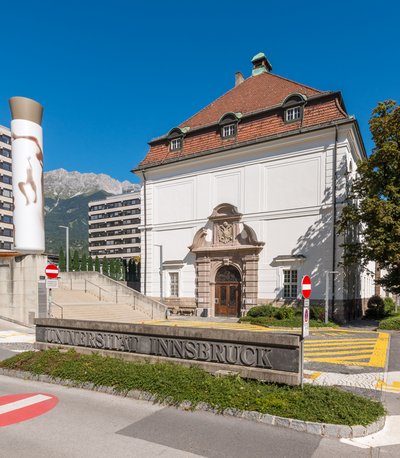
Project data
OBJECT | SITE University Library, Innsbruck
BUILDER Bundesimmobiliengesellschaft m.b.H., Vienna
ARCHITECTS Arch. Dipl.-Ing. Karin Kopecky, Rum/Innsbruck
TECHNICAL CONSULTANT Jörg Knörrlein, Brillux Innsbruck
COMMISSIONED PAINTING CONTRACTORS Franz Peter Mitterberger, Matrei am Brenner
